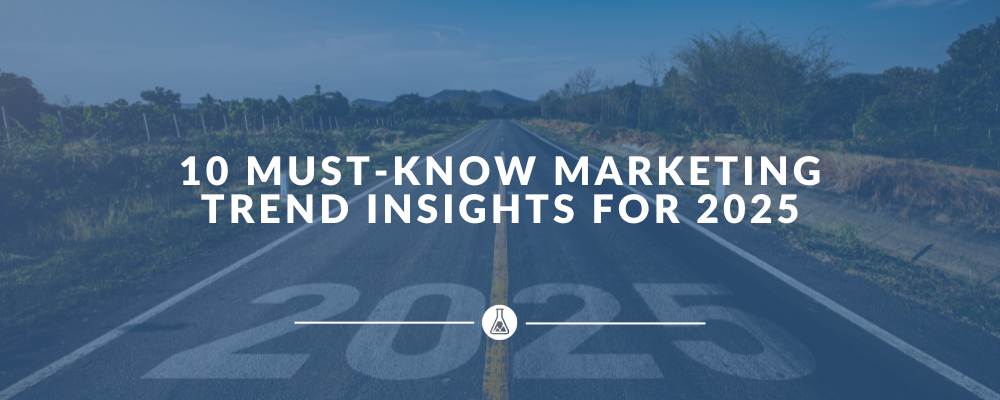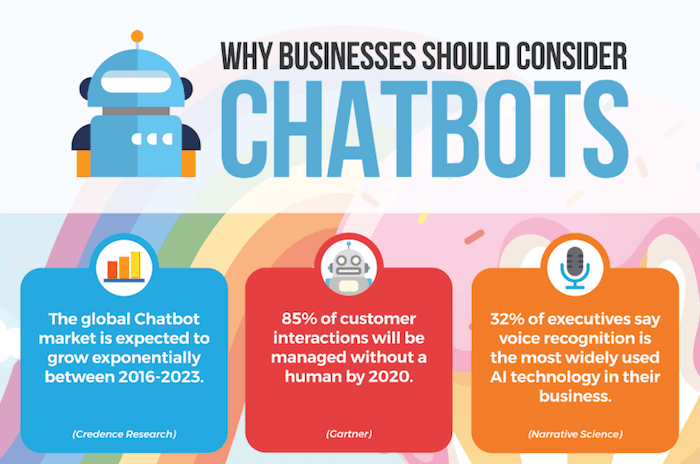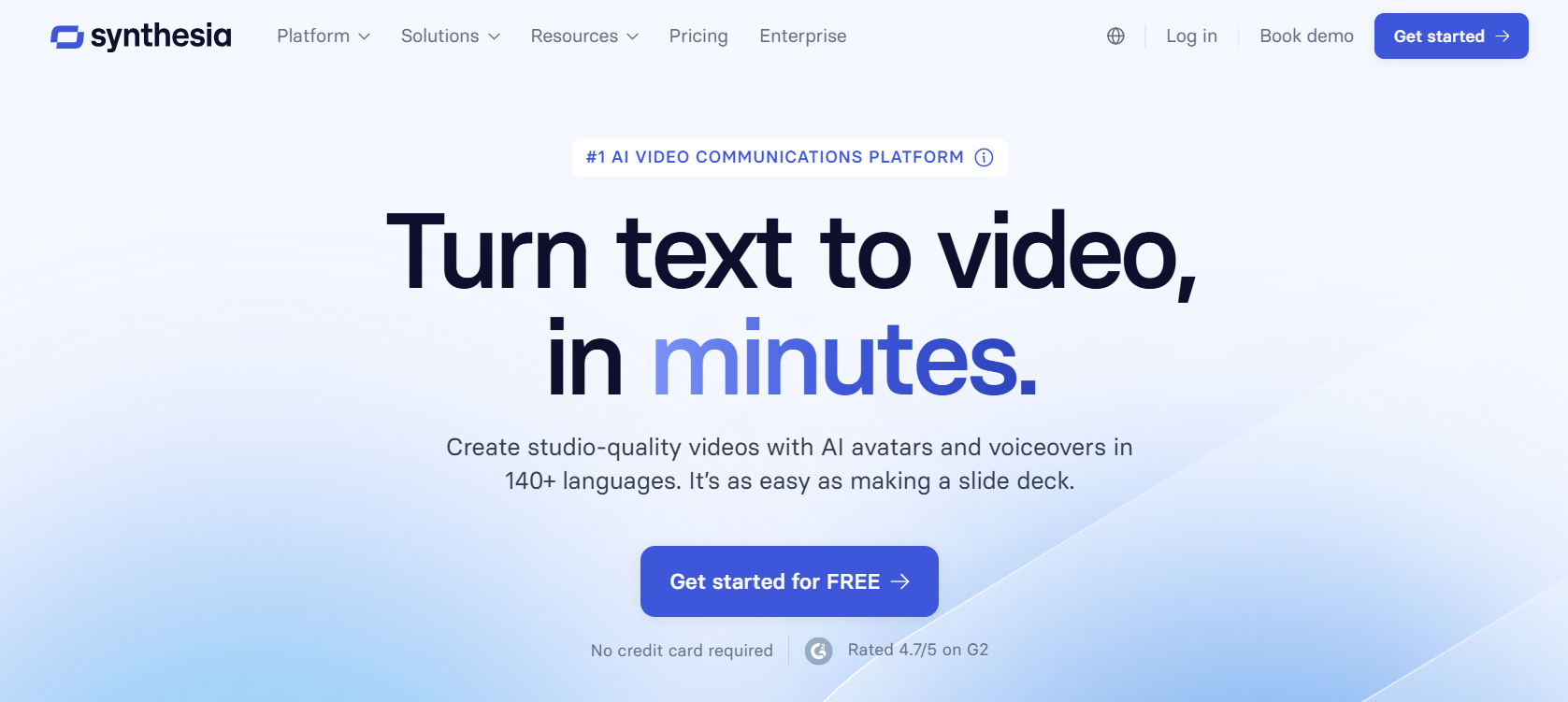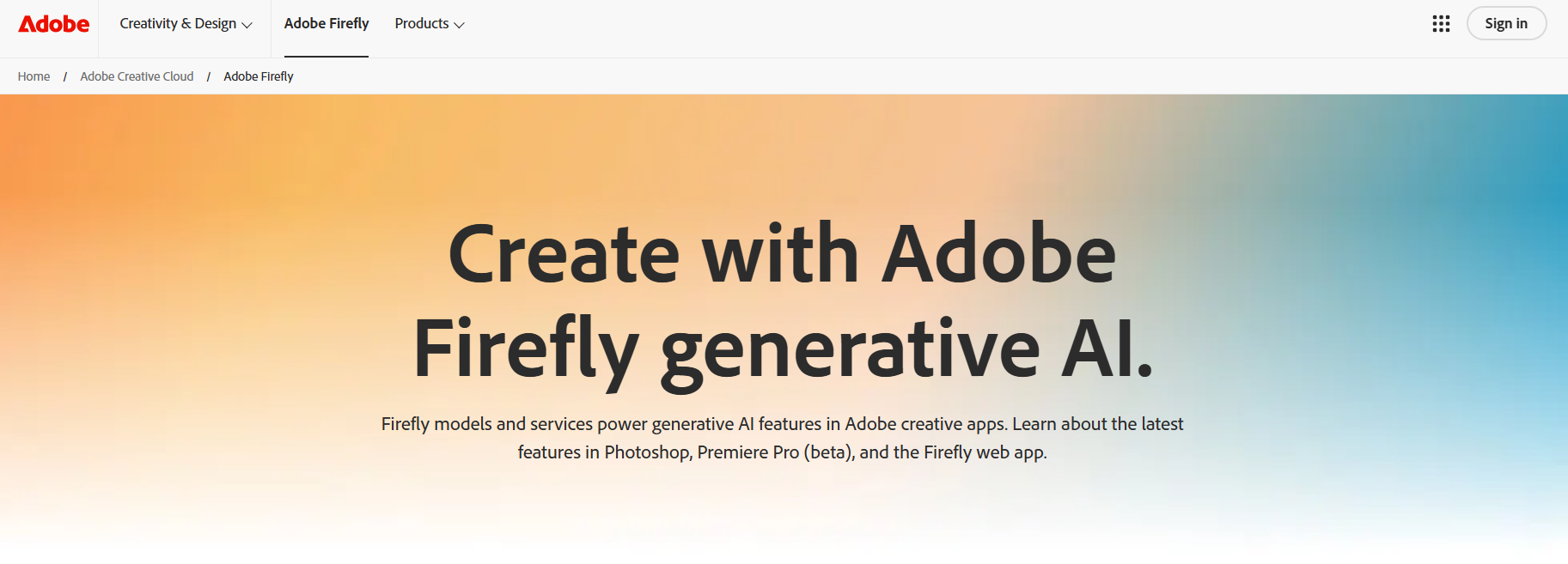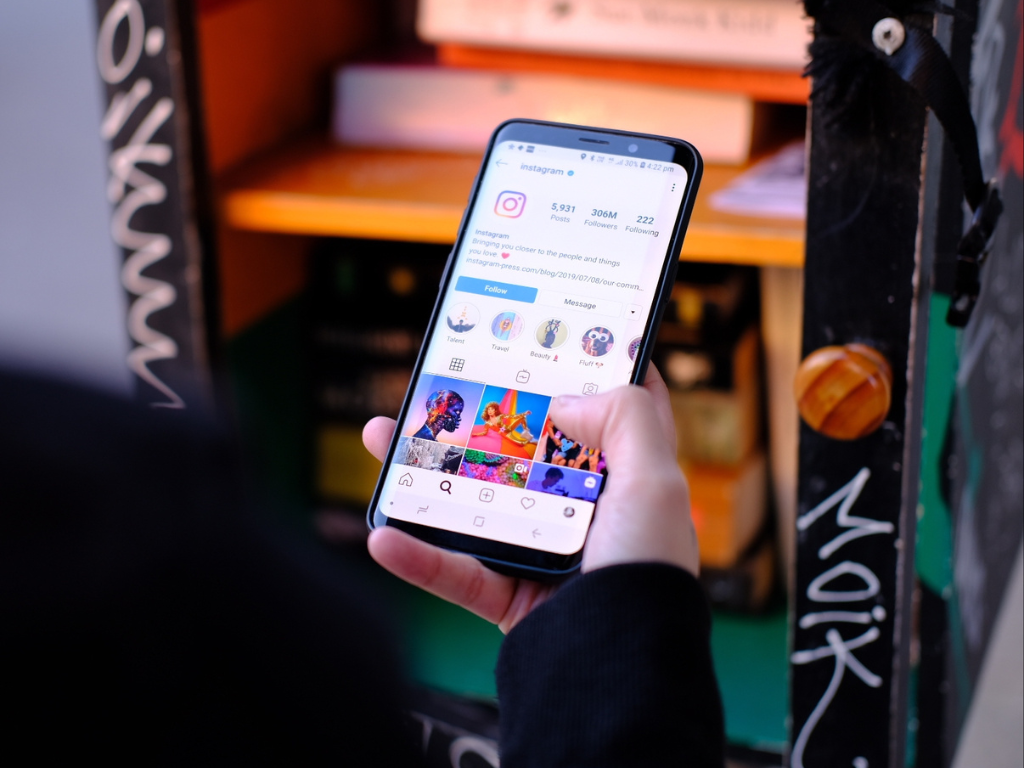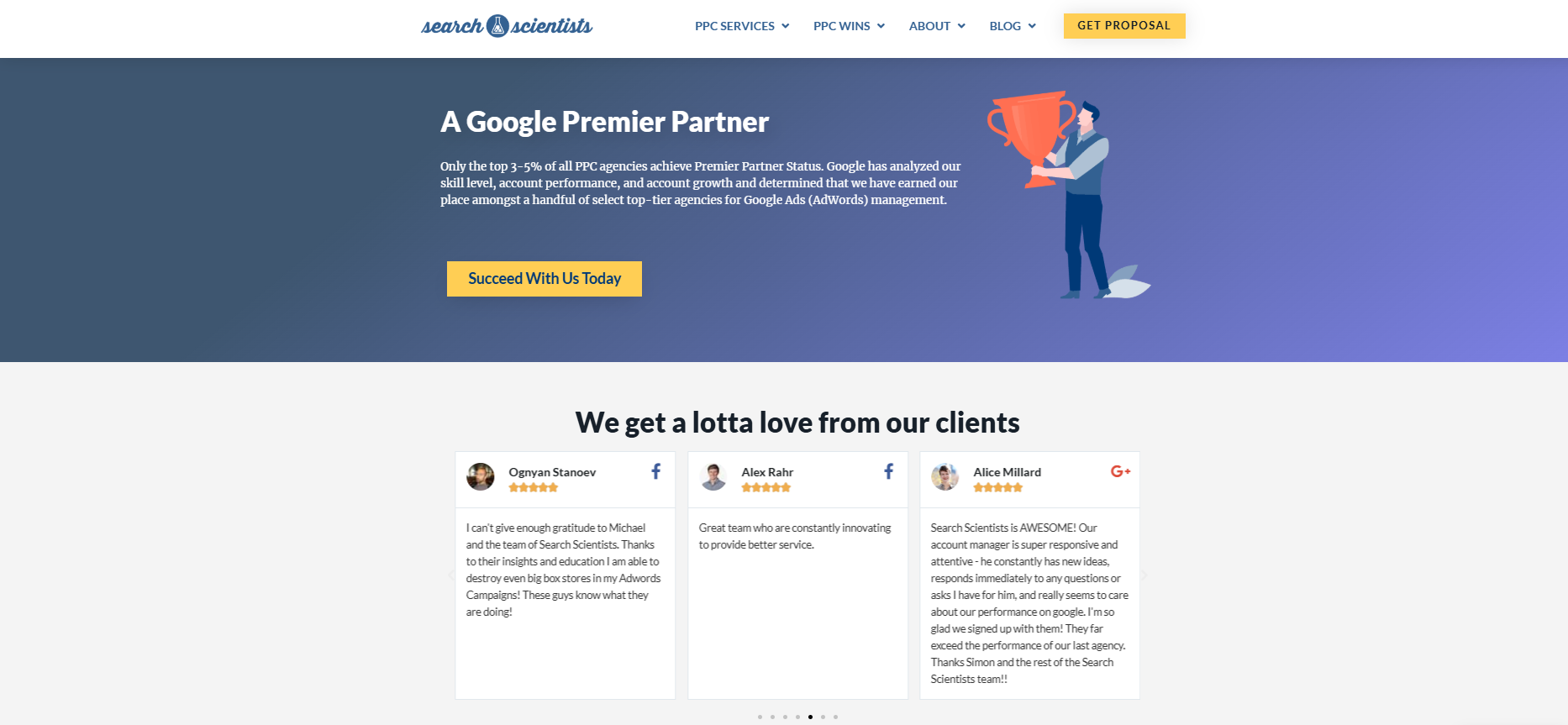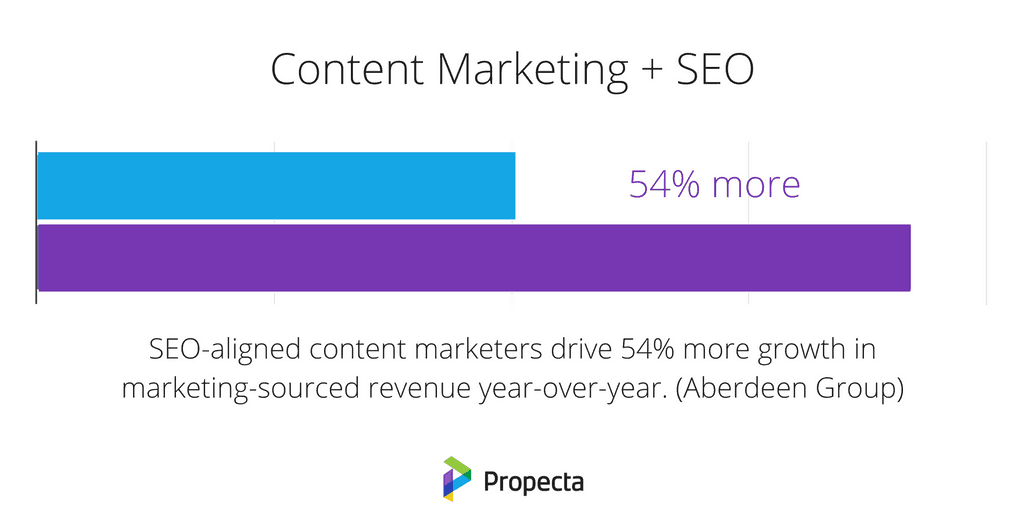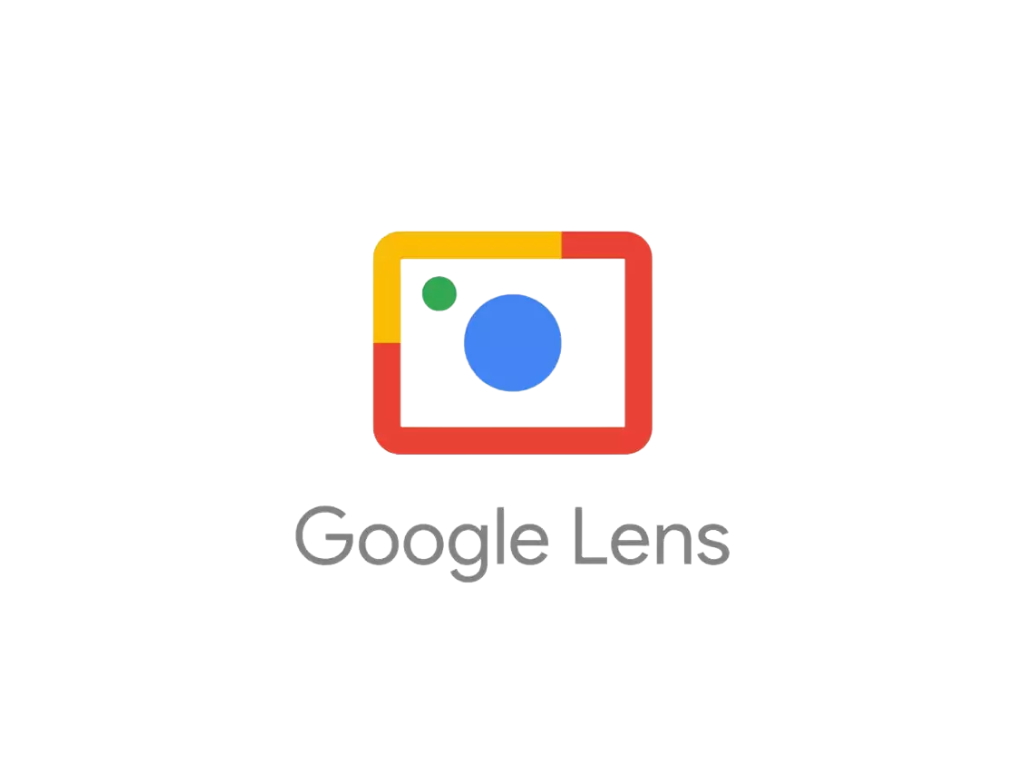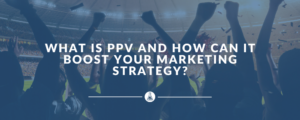Staying competitive in 2025 means adapting to key marketing shifts. Generative AI is transforming how brands create content, predict trends, and engage with customers, boosting both efficiency and results. Short-form videos on platforms like TikTok and Instagram are driving high engagement, especially among younger audiences, making them a must-have in social media strategies. Meanwhile, user-generated content (UGC) continues to build trust and credibility, offering a cost-effective way to connect with audiences authentically.
Embracing these trends will position your brand for success in the ever-evolving marketing landscape.
Table of Contents
The Rise of Generative AI in Marketing
Generative AI is revolutionizing modern marketing by transforming content creation, predictive analytics, and customer interactions. With 87% of marketers recognizing its positive impact, this technology is driving revenue and accelerating strategy implementation, enhancing overall marketing efficiency and effectiveness.
Generative AI automates routine tasks, enabling marketers to focus on creativity and innovation. It streamlines content creation and production processes, providing actionable insights and advanced analytics that optimize strategies for better results.
Generative AI’s applications in marketing include revolutionizing content creation, optimizing campaigns with predictive analytics, and enhancing customer interactions via AI-powered chatbots, reshaping the marketing landscape.
Content Creation with AI Tools
Generative AI tools have revolutionized content creation, making it more efficient and personalized. Tools like Synthesia enable marketers to create personalized videos aimed at specific audience segments, enhancing engagement and resonance.
Meanwhile, Adobe Firefly leverages AI to boost creative design for advertisements and social media graphics, allowing for more visually appealing and impactful content.
Moreover, AI tools such as ChatGPT assist marketers in crafting tailored email campaigns and impactful social media content, ensuring that the messages resonate with the target audience. The adoption of AI in content creation is growing rapidly, with 48% of marketers utilizing AI for content creation in 2023, a trend that is expected to continue.
This shift enhances productivity and ensures high-quality content that meets consumer expectations. AI tools help marketers create engaging content, making them an invaluable asset in modern marketing.
Predictive Analytics for Campaigns
Predictive analytics, powered by generative AI, is transforming how marketing campaigns are planned and executed. By analyzing campaign data in a matter of minutes, AI provides quick insights that help marketers make informed decisions. This capability allows for the optimization of marketing strategies, ensuring that campaigns are more effective and targeted.
AI-powered tools process vast campaign data to identify trends and forecast outcomes. Predictive analytics enhance campaign effectiveness, optimize marketing efforts, and achieve better results.
Enhancing Customer Interactions
AI-powered chatbots are transforming customer interactions, providing personalized experiences that significantly improve customer satisfaction. A staggering 80% of consumers who interact with chatbots report a positive experience, highlighting their effectiveness in customer service.
These chatbots offer immediate solutions through real-time engagement, increasing efficiency without disrupting customer satisfaction.
Moreover, intelligent chatbots equipped with machine learning and natural language processing facilitate two-way conversations, fostering user engagement and streamlining interactions. Despite some consumer skepticism, with only 37% trusting AI to match human accuracy, there is significant potential for building trust through effective chatbot implementation.
The growing interest in chatbots is evident, with 40% of U.S. consumers expressing interest in using them. Investment in chatbots is expected to increase significantly, indicating the growing importance of this technology in marketing. Retail spending via chatbots is projected to reach $142 billion by 2024, demonstrating their economic impact and potential for driving customer satisfaction and retention.
Short-Form Video Dominance
Short-form videos have emerged as a dominant force in the marketing landscape, particularly in social media marketing. Platforms like TikTok and Instagram have become essential for video-first strategies, with short-form video content driving social engagement and reach. The vast majority of marketers continue to invest in short-form video content, recognizing its potential to captivate audiences and drive meaningful interactions.
The appeal of short-form videos lies in their ability to convey messages quickly and effectively. With millennials and Gen Z being the primary demographics targeted, these videos cater to the preference for fast, engaging content. TikTok, for instance, has seen a remarkable user engagement level, adding 200 million new users in Q4 last year alone.
Next, we will discuss strategies to maximize ROI with short videos and identify the best platforms for optimal results.

Maximizing ROI with Short Videos
Maximizing ROI with short-form videos requires strategic content creation and effective use of social media tools. Keeping videos under 90 seconds ensures they remain engaging and impactful, quickly capturing audience attention.
User-generated content plays a significant role in boosting engagement. Posts featuring user-generated content on social media platforms receive 70% more engagement than those that only showcase brand content. This strategy not only enhances viewer interaction but also builds trust and credibility.
Platforms to Focus On
When it comes to short-form video marketing, certain platforms stand out due to their high user engagement and reach. TikTok, with over 1 billion monthly active users worldwide, is a key platform for marketers. Its growing importance is evident, with 56% of marketers planning to increase their investment in TikTok in 2024. Additionally, 24% of marketers believe TikTok yields the highest ROI among social media platforms.
Instagram is another platform heavily leveraged by marketers, particularly with its Reels feature, which significantly outperforms other content types on the platform.
YouTube also remains a powerful platform for short-form video advertisements, with a potential monthly reach of 1.7 billion unique visitors.
On average, users spend about 1 hour and 16 minutes daily watching short-form videos, underscoring their growing consumption trends.
User-Generated Content as a Trust Builder
User-generated content (UGC) has become a powerful tool for building consumer trust and enhancing brand credibility. UGC refers to content created by users about a product that is shared on social media. It is perceived as more trustworthy than traditional ads, with 92% of individuals trusting reviews and posts from users more than advertisements. This trust translates into increased brand awareness and engagement.
The effectiveness of UGC is evident in campaigns like Petco’s, which reached 67 million people through user-generated content. Furthermore, 93% of marketers believe that consumers trust content created by real people, highlighting the importance of authentic consumer interactions.
We’ll explore strategies to leverage UGC for brand awareness and its cost benefits.
Leveraging UGC for Brand Awareness
Leveraging UGC for brand awareness involves encouraging customers to share their experiences and creating shareable content. This enhances brand visibility through authentic interactions and engagements, effectively driving UGC.
Contests and giveaways incentivize users to create and share brand-related content, boosting UGC. Creating shareable content that resonates with consumers encourages engagement and participation, enhancing brand awareness and fostering loyalty.
Cost Benefits of UGC
User-generated content (UGC) offers significant cost benefits for businesses. It is typically cheaper to produce than traditional marketing campaigns, allowing companies to allocate their budgets more effectively. UGC provides a marketing advantage for companies with limited budgets by outsourcing marketing to the customer base, making it a cost-effective strategy.
This is particularly important considering that 36% of marketing budgets were decreased, highlighting the need for cost-effective strategies like UGC.
Personalized Marketing Campaigns
Personalized marketing campaigns enhance customer satisfaction and drive conversions, with 90% of consumers finding them appealing. They improve engagement and foster long-term relationships, increasing loyalty and retention.
AI-driven techniques, such as conversational marketing, enhance user experience and effectively target customer needs.
We will explore data-driven personalization and the challenges and solutions associated with this approach.
Data-Driven Personalization
Data-driven personalization is at the heart of creating tailored marketing experiences that resonate with consumers. By leveraging insights into customer behavior, brands can curate customer journeys that lead to improved conversions across all channels. The use of big data, analytics, and machine learning algorithms allows marketers to create highly personalized marketing experiences that cater to individual preferences and needs.
Businesses utilizing AI personalization have reported a return on investment (ROI) of 200%. AI-driven tools enhance audience targeting and boost personalization, helping marketers identify trends, predict behaviors, and optimize campaigns.
Key metrics such as Customer Lifetime Value (CLV) and Customer Acquisition Cost (CAC) are essential for understanding the efficiency and potential revenue generated from marketing strategies.
Community Building for Brand Loyalty
Building a brand community is essential for fostering emotional connections and turning customers into committed advocates. Creating a dedicated community involvement page on a brand’s website can showcase its commitment to the local area and boost community trust.
Encouraging employees to share community initiatives can amplify outreach and strengthen brand perception in their networks.
Effective personalization enhances customer loyalty and retention, driving repeat purchases. Brands focusing on micro-influencer campaigns often see better conversion rates due to stronger community connections.
We will discuss strategies for effective community engagement and measuring community impact.
Strategies for Effective Community Engagement
Active engagement in brand communities allows for two-way communication, enhancing customer satisfaction. Utilizing social media platforms effectively can boost community engagement by promoting events and encouraging interaction. Interactive content, such as polls and Q&A sessions, can significantly boost community participation.
Fostering a sense of belonging and encouraging participation creates a loyal customer base that feels valued. This engagement strengthens customer relationships and enhances brand loyalty and trust.

Measuring Community Impact
Measuring community impact is crucial for maintaining brand loyalty and refining marketing strategies. Key metrics to assess community impact include engagement rates, social sentiment analysis, and customer feedback scores. These metrics provide insights into how well the brand’s community-building efforts are resonating with the audience.
Linking community engagement metrics to business outcomes helps assess the effectiveness of community efforts. Ongoing assessments allow brands to adapt strategies to changing consumer expectations.
SEO and Search Engine Optimization Trends
In 2025, SEO marketers need to focus on the co-optimization of paid and organic strategies to enhance their digital marketing effectiveness.
Companies like Apple, Bing, and Google are expected to release advanced Large Language Models (LLMs) to improve search functionalities, making it one of the most important marketing trends and top marketing trends.
AI overviews and personalized search results pages (SERPs) will dominate search engine results pages, emphasizing the need for effective data structures and schema for better crawling, indexing, and rendering of content.
As we explore SEO trends, we’ll delve into voice search optimization and visual and image SEO.
Voice Search Optimization
Voice search is becoming increasingly popular, with 50% of U.S. adults using it daily. Optimizing for voice search requires using natural, conversational language in content. Structuring content around questions can better align with voice search queries, enhancing search engine optimization.
Marketers are advised to focus on long-tail keywords and natural language processing to improve their content’s visibility in voice search results. This approach ensures that content is easily discoverable and aligns with the way users interact with voice search technologies.

Visual and Image SEO
Visual and image SEO is gaining importance as more users engage with visual search tools like Google Lens and Bing Visual Search. Optimizing visual content is crucial for improving search engine rankings and increasing user engagement.
Marketers should focus on optimizing images and videos for better visibility in search results. This includes using descriptive filenames, alt text, and structured data to ensure that visual content is easily discoverable by search engines. By doing so, brands can enhance their digital presence and attract more organic traffic.
Influencer Marketing Evolution
Influencer marketing is evolving, with a growing focus on sustainability and social responsibility in partnerships. The industry is shifting towards long-term partnerships over short-term engagements, as these relationships provide better ROI and sustained marketing momentum, reflecting emerging trends.
The estimated industry value of influencer marketing is projected to reach $21.1 billion, with spending expected to hit $35 billion by the end of the year. As we explore the evolution of influencer marketing, we’ll discuss the benefits of long-term partnerships and the comparison between micro and macro influencers.
Long-Term Influencer Partnerships
Long-term influencer partnerships significantly enhance brand awareness and create sustained marketing momentum. With an average return on investment of $5.20 for every dollar spent, influencer marketing provides better ROI than other channels.
Establishing long-term relationships with influencers allows for more authentic collaborations and deeper connections with the audience. This approach ensures that the brand’s message is consistently communicated and resonates with the target audience.
Micro vs. Macro Influencers
Micro-influencers tend to have a more engaged audience, leading to higher interaction rates and more meaningful connections. They are generally more cost-effective than macro-influencers, allowing brands to maximize their marketing budget.
However, macro-influencers possess a large following, providing instant visibility and reach. Brands must weigh the cost against the quality of engagement when deciding between macro and micro-influencers. Overall effectiveness depends on the brand’s goals, target audience, and marketing strategy.
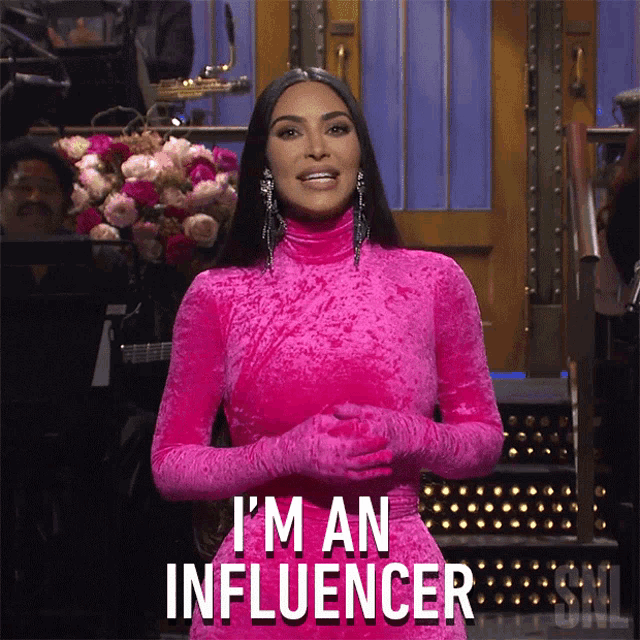
Data Privacy and Consumer Trust
Consumer trust is significantly influenced by how businesses handle and protect personal data. Users are more inclined to engage with brands that demonstrate a commitment to data privacy. Privacy concerns are rising, with 67% of consumers feeling they lack understanding of how their data is used.
Brands need to balance personalization with respect for customer privacy to maintain trust. As data privacy regulations evolve, marketers must adapt their strategies to comply with these changes and avoid legal issues.
Transparency in Data Collection
Transparency in data collection is crucial for enhancing consumer confidence in a brand. Companies that utilize data minimization respect consumer privacy and mitigate risks associated with data breaches. Empowering consumers with control over their data fosters loyalty and strengthens trust.
By being clear about data collection and usage, brands can build a transparent relationship with their customers. This approach not only enhances trust but also encourages more positive interactions and long-term loyalty.
Regulatory Compliance
Marketers must be aware of data regulations such as GDPR, which imposes strict rules on data handling. Failure to comply with GDPR can result in significant fines, ranging from 10 million euros to 4% of a company’s annual global revenue.
Understanding and adapting to data privacy regulations is crucial for maintaining consumer trust and avoiding legal issues. As data collection and privacy policies shift, marketers must stay informed and compliant to ensure their strategies are effective and ethical.
We live, breathe & Dream Paid Traffic
Emerging Technologies: AR and VR
The potential of augmented reality (AR) and virtual reality (VR) in marketing is immense. The market for augmented reality is projected to reach $60 billion, with the number of monthly AR users expected to be 110 million people in 2023. However, marketers have been slow to adopt VR and AR due to expensive equipment and bulky headsets.
Despite these challenges, AR and VR technologies are increasingly being embraced by brands to enhance consumer engagement and create memorable experiences. As we explore the potential of these technologies, we’ll look at successful AR/VR campaigns and their future possibilities.
Successful AR/VR Campaigns
Successful AR/VR campaigns have demonstrated the potential of these technologies in marketing. Gucci’s AR experience in Roblox attracted over 19 million visitors, showcasing the power of immersive advertising. As VR marketing evolves, brands are likely to experiment with diverse tactics to capture consumer attention and drive engagement.
AR/VR technologies are increasingly being embraced by brands to enhance consumer engagement and create memorable experiences. These technologies enable brands to create more immersive and interactive marketing experiences that resonate with consumers.
Future Potential of AR/VR
The future potential of AR/VR technologies is vast, with advancements expected to enhance interactivity and engagement. Future iterations of AR and VR technology will likely see improved hardware, making these experiences more accessible and realistic.
AR and VR innovations are projected to enable more immersive brand storytelling, allowing marketers to create deeper emotional connections with their audiences. As these technologies become more widespread, they will be integrated into marketing strategies, providing unique customer experiences that traditional platforms cannot match.
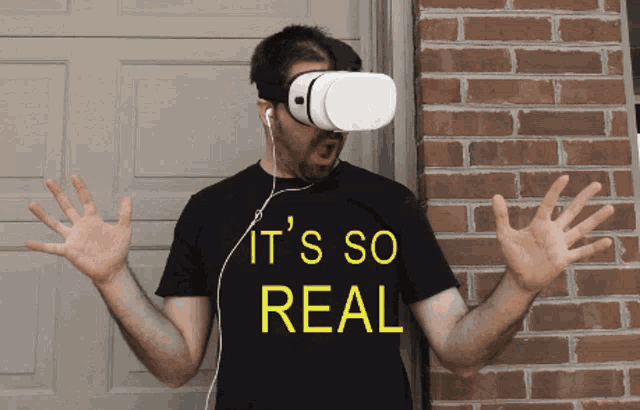
Metrics That Matter in 2025
Key metrics for measuring marketing success are essential for optimizing strategies in 2025. Return on Ad Spend (ROAS) indicates revenue earned per dollar spent on advertising. Time to Payback CAC evaluates how quickly a business recovers marketing costs associated with acquiring a customer.
Tracking these metrics helps marketers optimize strategies and improve campaign effectiveness. Next, we will delve into engagement metrics and conversion and ROI metrics.
Engagement Metrics
Engagement metrics are vital for understanding consumer behavior and preferences. Key metrics include click-through rate (CTR) and average session duration. Creating long-tail entity-rich content can significantly improve engagement.
Deep learning AI models use user engagement signals to enhance strategies. Tracking engagement metrics is crucial for optimizing content and ensuring it resonates with the target audience.
Conversion and ROI Metrics
Conversion and ROI metrics are essential for assessing marketing effectiveness. Brands incorporating UGC in campaigns see a 29% increase in web conversions. Key performance indicators (KPIs) help measure conversion rates and ROI.
Measuring these metrics allows marketers to optimize strategies and improve campaign effectiveness. Linking community engagement metrics to business outcomes helps assess community efforts effectively.
Summary
As we navigate through 2025, it’s clear that staying updated with the latest marketing trends is crucial for maintaining a competitive edge. From the transformative power of generative AI to the dominance of short-form videos, personalized marketing campaigns, and the growing importance of data privacy, these trends are reshaping the marketing landscape.
By leveraging these insights, marketers can refine their strategies, enhance customer engagement, and drive better results. Embracing these trends will not only help you stay ahead of the curve but also ensure that your marketing efforts are effective and impactful.

